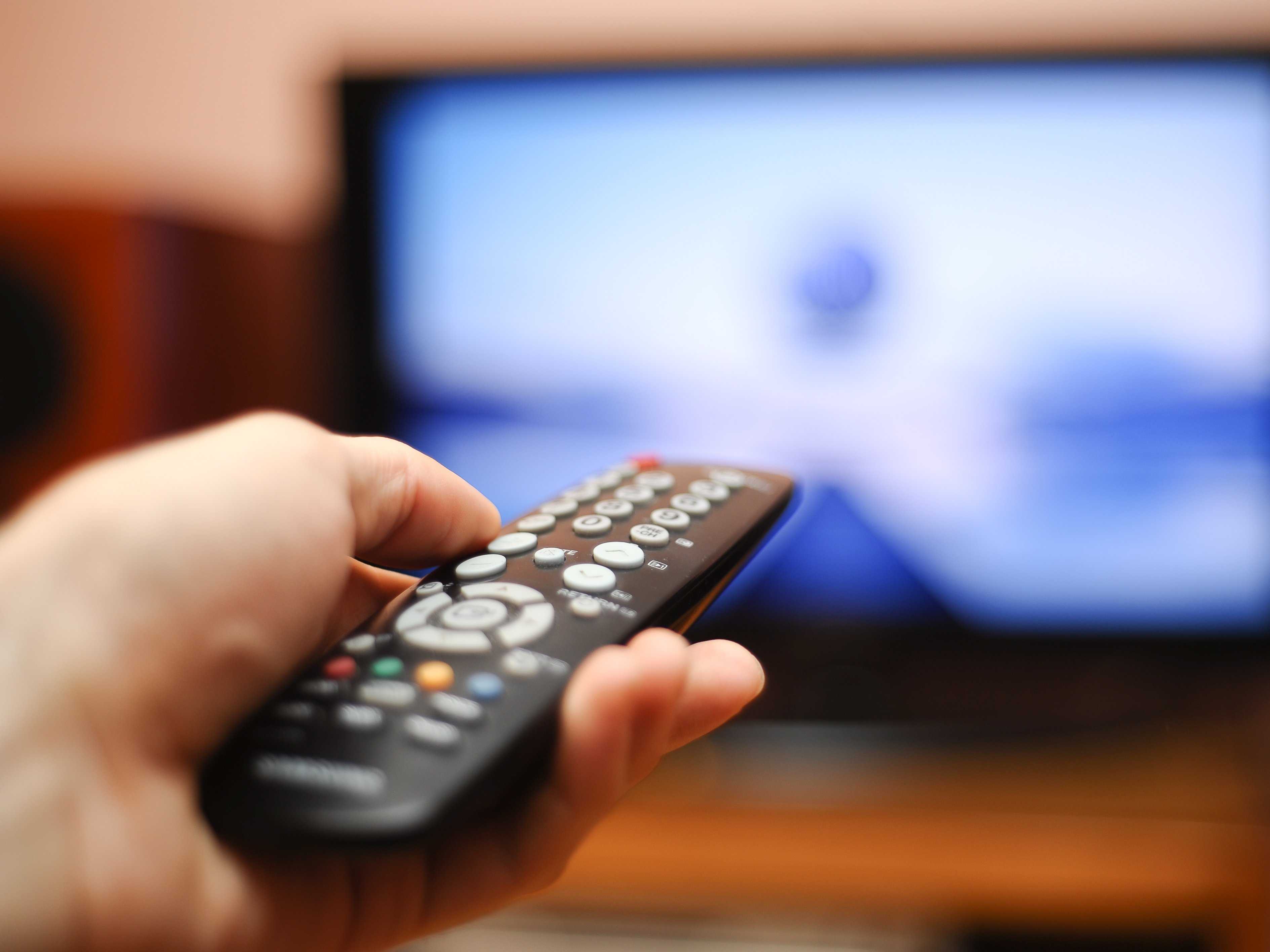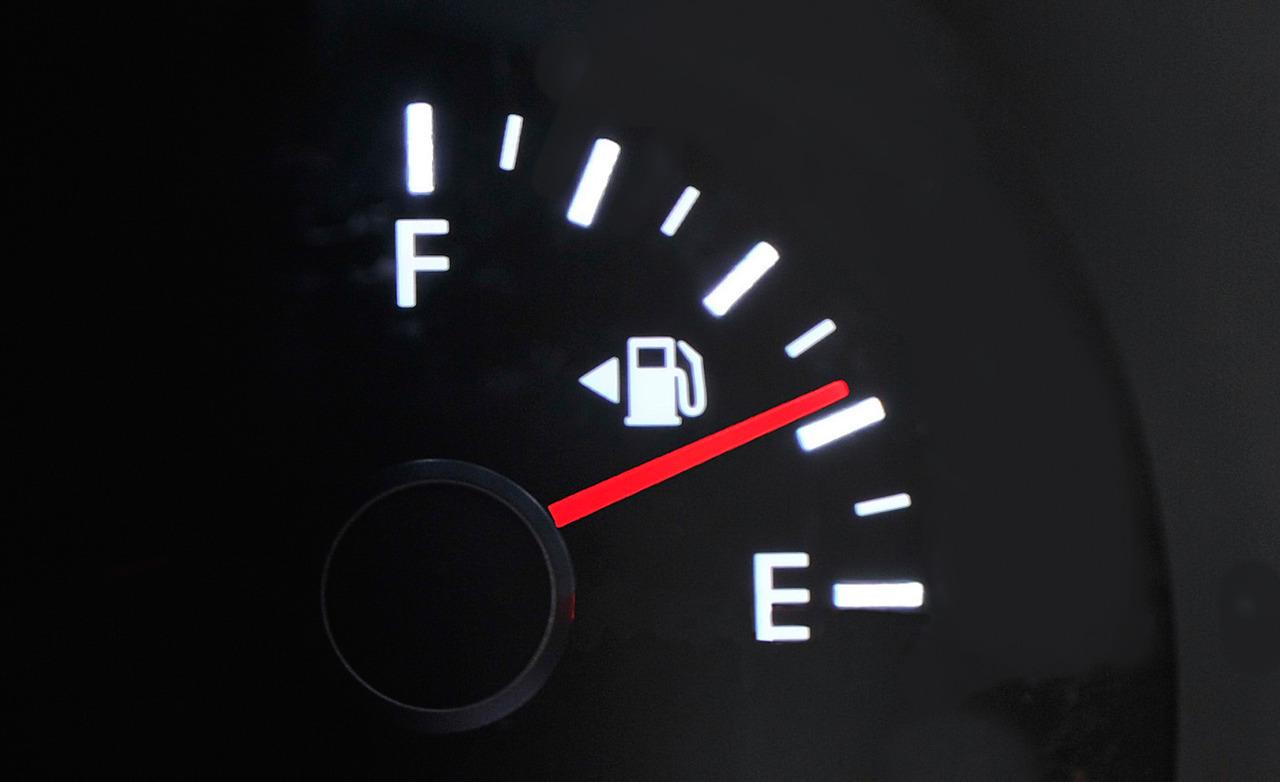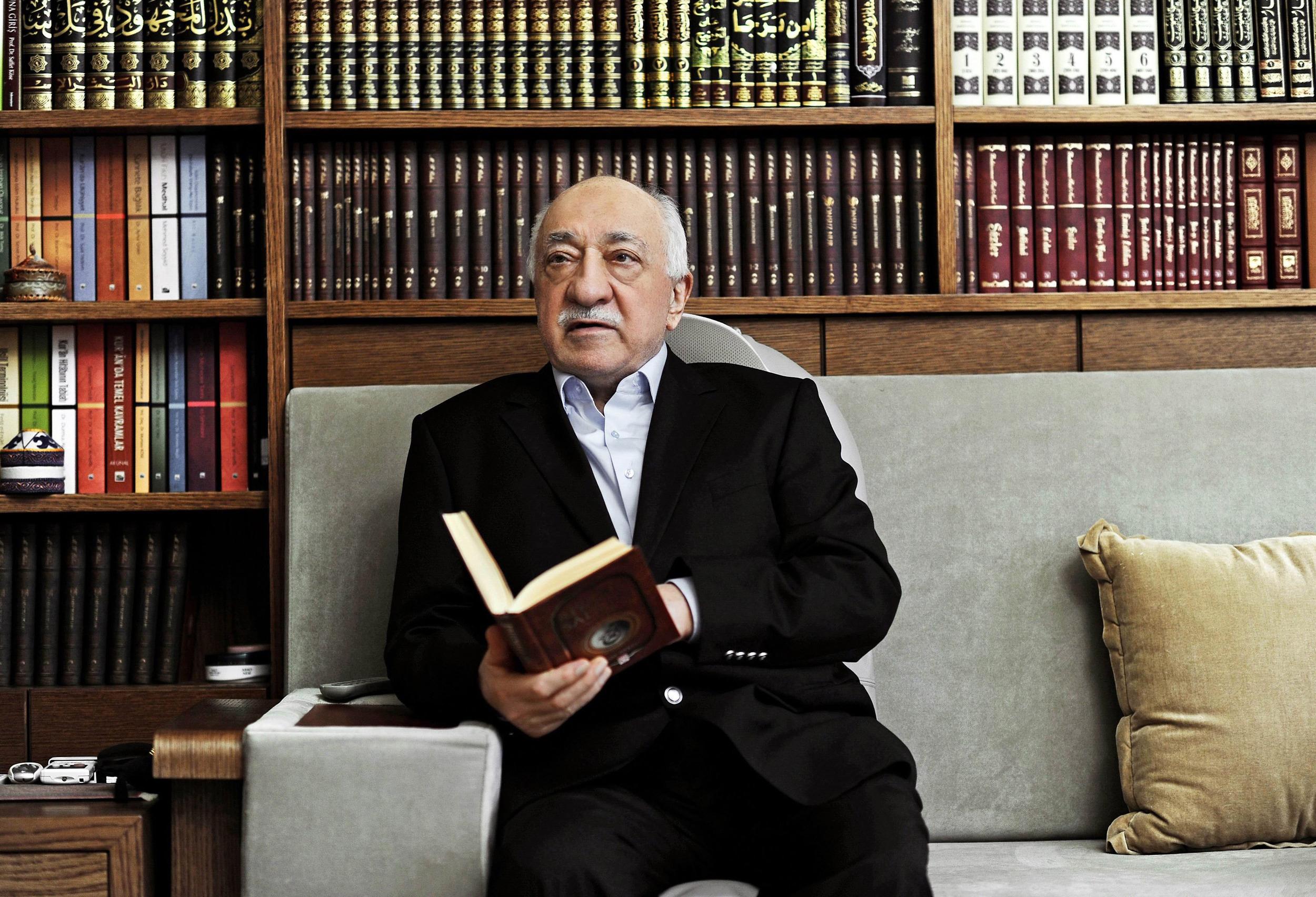As a pay-TV subscriber, you, most probably, want greater competition in the industry. Understandable and really healthy wish. Competition, for a start, makes for bigger diversity in options, leaving you with a rich, probably infinite TV buffet from which you pick and choose.
With this freedom, you also may be the beneficiary of lower subscription that may arise from competition among providers to attract and retain subscribers and retain through very pocket-friendly rates. That, sure, would stop any provider from price-gouging you because it has a monopoly or a semblance of it.
Naturally, competition drives providers to offer the most compelling content on their platforms in order to convince you of the need to choose them. All good. You, like everybody else, want a bargain when making a purchase. The competition among pay-TV providers for your mind makes you the king, who must be pleased. If you are dissatisfied with one service, you simply move to another-without having to pay more for better service.
That is the way it should be. But pay-TV proiders are not necessarily owners of the content they broadcast. Most times, they are just distributors of such. Content owners, who sell to pay-TV companies, want as much money as possible for their product-just like you would if you were in their shoes. This is a lot easier to achieve if you have many willing buyers. Now, you will discover that competition swings both ways. Just as it is possible for competition to make the subscriber the king (already explained above), it has another side, which makes it impossible for the provider or distributor to offer rock-bottom subscription rates the subscriber wants.
Premium TV content, for instance, whatever the multiplicity of options to the subscriber, is not going to be sold on the cheap because it was not bought on the cheap. A good example is live sports broadcast, which almost always makes a pay-TV provider the preferred choice. The acquisition of rights to broadcast premium sport content is the result of fierce competition among providers. This, inevitably, drives up the cost of acquisition.
Earlier this year, there was bidding, in England, for the broadcast rights to the Barclays Premier League for the next three years (2016 -2019). So fierce was the process that when it ended, it had provoked a 70 per cent jump in price. Sky, which paid a little over 4 billion pounds of the 5.146 billion pounds for the rights, initially announced that it was not going to increase subscription.
A few months later, it announced a hike in subscription on its sports bouquet. Sky had no option. A 70% jump in cost is not insignificant.
Here in Nigeria, the other side of competition was seen a few years ago. HiTv, the now defunct pay-TV company, arrived on the scene with the rights to broadcast the Barclays Premier League (in the country) for three years. Those rights had been acquired at a considerably greater cost, a situation that forced HiTv’s rival, MultiChoice, to pull out from the broadcast of the EPL. HiTv, complete with the Barclays Premier League, was offering a lower subscription.
It did not work as the company planned. It could never have worked because the cost of acquisition was exponential. Three years later, the company could not raise the money to renew the deal to keep broadcasting the Barclays Premier League.
That, however, was not the end of the matter. On account of the high cost following HITv’s high bid the last time, the cost of watching the EPL in Africa had gone up forever. Subsequently, the owners of the Barclays Premier League have never sold at the same or even a lower price. Costs do not stay the same, as content production and content owners are also affected by local and international indices, including currency exchange rates.
Since then, the cost has kept going up.
Add a comment





